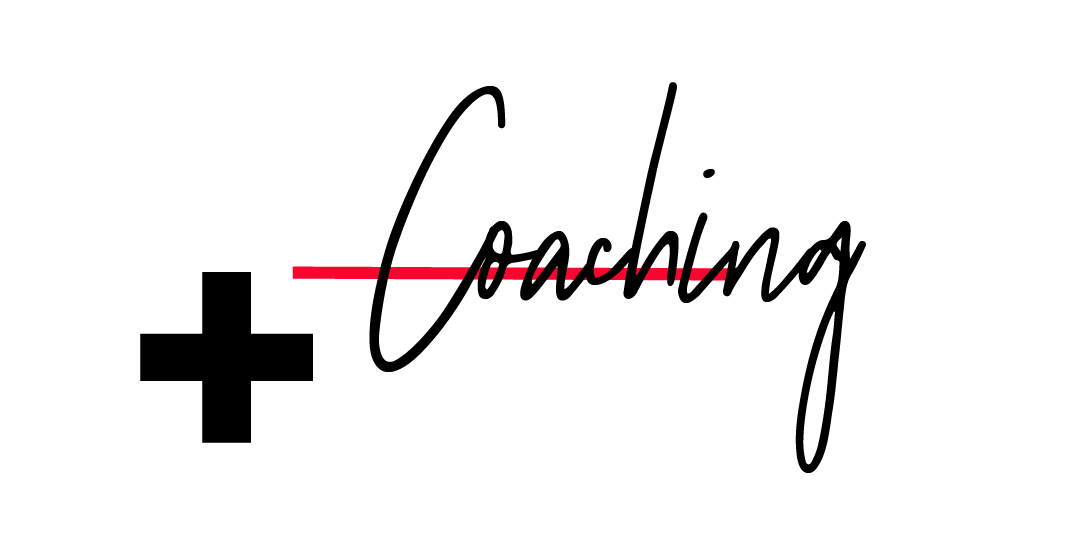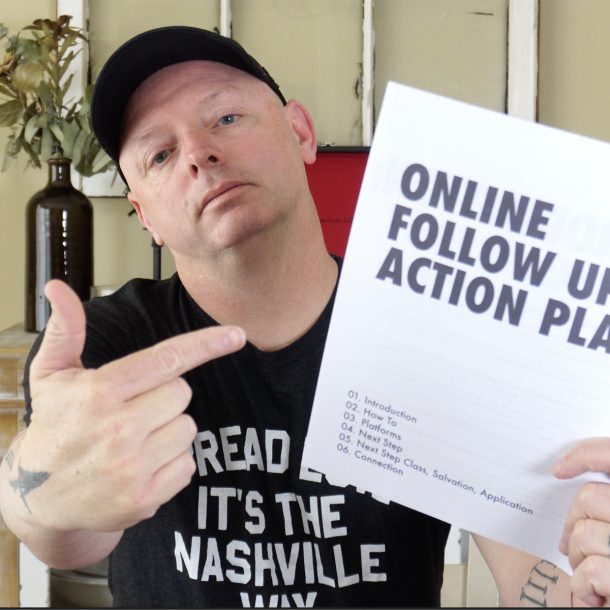Have you ever experienced that awkward moment where you read a post, blog, or tweet and think “man, I would like to share that with my friend, my boss, my co-worker…but it might come across as I think they aren’t doing a good job in these things?” Let’s remove that tension. If someone has forwarded you this list, it’s not that they think you’re not treating them right – it’s just a chance to share some thoughts. Okay, now that we’ve covered that…
I have had the honor of walking with creative people as a profession for the past decade; people that I consider to be some of the most creative people in the world. In fact, I still get to walk with some great artists, and I love the heart of an artist. They approach life, work, and relationships very differently. The way artists act, react, process, and move through life are different than the rest of the world. And you know what, that is perfect. It’s how God designed us and why we feel forced to create or else we’ll die.
Not everyone can understand these unique traits. Artists, whether we like it or not, are peculiar. So if you look at the creative people on your teams and wish you could figure out how to connect with them on a different level or understand them, here are some things you should know:
- Invest in relationships with them to the degree they are comfortable. – Don’t force it. Take time. This is a marathon, not a sprint. Allow time to build the bridge. Look for common interests and ways you can show you care. Artists are not aliens – treat them like people.
- Permission emotion – Allow emotion to flow. These emotions good, bad, ugly, and sometimes even inappropriate; help them connect. Give safe space to freely feel.
- Provide direction – Once the emotion has passed, provide clear guidance. Artists want to know expectations and goals. Don’t confuse a lack of perceived order as a lack of caring. Direction offers a canvas from which artists create.
- Don’t allow crutches. Sometimes the hard way is the best way – and the way with the most original return.
- Be inclusive – The more involved artists feel, the more ownership and quality that can be produced.
- Brag and correct. – Brag in public and correct in private. Art is personal to artists, so treat it that way.
- Understand the power of motivation and inspiration. – Rules, systems, and processes are all necessary, but make sure to frame them the right way. Lead with inspiration and motivation as much as possible as opposed to leading with regulations and formula. It doesn’t mean there isn’t order, but it puts vision before function.
- Don’t expect the process to look the way you would do it – Artists are going to do things differently. Once the expectations have been set, get out of the way and let the process unfold. Sometimes it may scare you or not make sense, but the data proves itself in the final product. Artists frequently get hired because they’re different – but it’s also why they get fired. Provide space and trust. If the final art is not right, talk about it.
- Give space to communicate – have open, honest, and hard conversations. Do it often and lead with WHY. Artists usually have a reason for WHY, but maybe it doesn’t make sense.
- Take time. – Artists will want to feel. Give them space to explore. Artists will have questions. Let them ask. Artists care profoundly and will want to talk about what they care about. It may not always be cognizant, but it will be worth it.
- Celebrate the wins with the same passion and frequency that you coach through the losses. – This one works for everyone, not just artists.
Now, my artist friends, don’t take these things for granted. We have a responsibility to not “be creative just for the sake of being creative.” Don’t be weird just to be weird. Be who God created you to be. Share your gift passionately, but remember – we are not more significant than the mission or organization. It’s not about our gifts or us. We get to be part of this fantastic thing, and we need to make sure we are helping move momentum forward and not bottle-necking the ability for our organization to be its absolute best.




